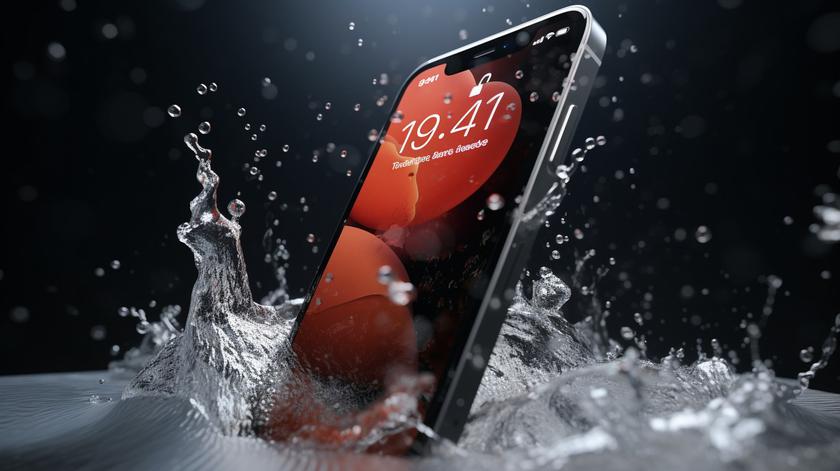
An iPhone 12 was found in a Northern California river that had survived three months underwater and was still working
Recently, in the Stanislaus River in Northern California, a diver who was cleaning up the reservoir to preserve the salmon population came across an iPhone 12. Interestingly, despite being underwater for three months and covered in algae, the smartphone managed to turn on.
Apple rates the iPhone 12 and newer models as IP68 according to the IEC 60529 standard, which provides for a maximum immersion depth of 6 meters for up to 30 minutes. Although these devices are not designed for prolonged immersion, they have shown unexpected resilience.
A man named Li, who is a scuba diver, told AppleInsider about his find. On November 10, he found a smartphone among the stones covered with a layer of algae.
After cleaning the iPhone 12 from algae, Lee left it to dry for a few days. On November 16, he was able to turn on the device by connecting the charger.
The device did not appear to have a password, so Lee was able to view data such as recent photos and contacts. The last entry in the gallery was a video shot on the river on September 4, showing the phone’s three-month stay underwater.
Li has not yet been able to find out who the found iPhone belonged to, but he plans to contact some of the contacts listed on the phone.
Apple only rates the iPhone 12 and newer models as splash or temporary immersion resistant, but these devices can withstand much more depending on a number of factors. Water and dirt penetration is prevented by the seals in the iPhone, and as long as they are not damaged, the phone will not suffer long-term damage underwater.
Problems can arise when this sealing material is damaged by dropping, frequent immersion, or exposure to steam. Devices like the one in this story typically have intact seals and land in a way that avoids lasting damage.
Apple does not cover water damage, even if the device can withstand three months in a river. Therefore, it is best to avoid deliberately submerging the device even for a moment, for example, to take photos or videos underwater, as it is impossible to predict when the seals may fail.

